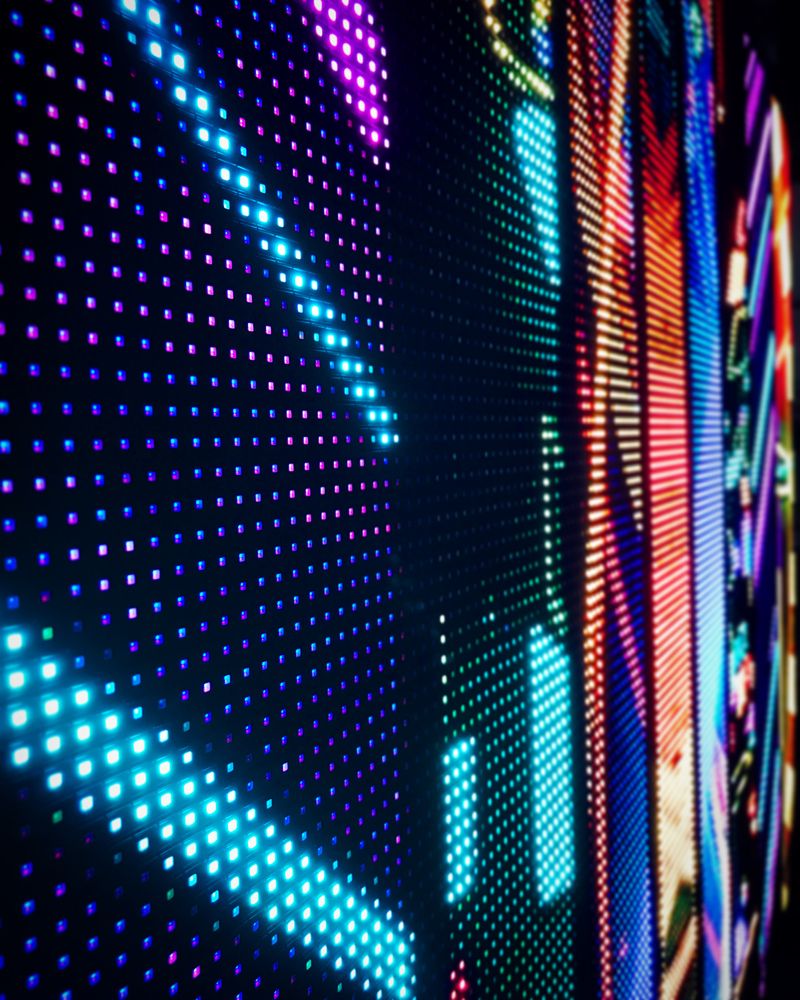Exploring the Effectiveness of Diverse LED Display Adjustment Techniques for Ideal Visual Output
Wiki Article
Light Emitting Diode displays have grown progressively popular in multiple settings, including theater venues, concerts, and corporate events. These large screens provide vibrant hues and sharp visuals, making them ideal for graphic presentations. However, to achieve the best visual performance, appropriate tuning of Light Emitting Diode walls is crucial. Calibration refers to the process of modifying the display parameters to guarantee that hues, luminosity, and contrast are precise and consistent. Different tuning techniques can significantly impact the overall standard of the display encounter, making it important to investigate the efficacy of these approaches.
One common method for calibrating Light Emitting Diode walls is handheld calibration. This approach involves modifying the parameters by manual means, often using specialized instruments and programs. Specialists typically examine the screen's hue precision and brightness levels, making adjustments based on their findings. Handheld calibration allows for a high degree of personalization, as specialists can tailor the parameters to the particular setting and material being shown. However, this method can be labor-intensive and requires a skilled technician to attain best results. Despite its difficulties, manual calibration can lead to impressive visual performance when done correctly.
Another common tuning technique is the use of automatic calibration. This method uses programs and devices to measure the screen's functionality and make modifications instantly. Automatic tuning can conserve hours and reduce the risk for manual mistakes, as the software can quickly evaluate the display and apply the required changes. This technique is particularly beneficial in environments where the LED wall is frequently used for various types of content, as it can adjust to various lighting environments and material needs. While automated calibration may not provide the identical level of customization as handheld tuning, it can still provide excellent results for many applications.
A third technique worth noting is the application of color tuning instruments. These devices, such as color measurement devices and spectral analyzers, assess the color output of the LED wall and help confirm that see here now the hues displayed are accurate. By employing these instruments, specialists can detect any inconsistencies in color reproduction and make the necessary adjustments. This method is especially crucial for uses where hue accuracy is critical, such as in graphic art or film production. Hue calibration tools can enhance the total display quality of Light Emitting Diode walls, ensuring that the audience sees the desired hues and elements.
In conclusion, the effectiveness of different Light Emitting Diode screen calibration techniques plays a crucial role in attaining best display performance. Manual calibration offers personalization but can be labor-intensive, while automated calibration provides efficiency and consistency. Additionally, color tuning tools help confirm correct hue representation, which is vital for many applications. By comprehending and employing these calibration techniques, specialists can improve the visual experience for audiences, making Light Emitting Diode screens an even effective instrument for interaction and entertainment. As innovation continues to advance, ongoing study and development in tuning techniques will likely lead to even improved display performance in the future.
